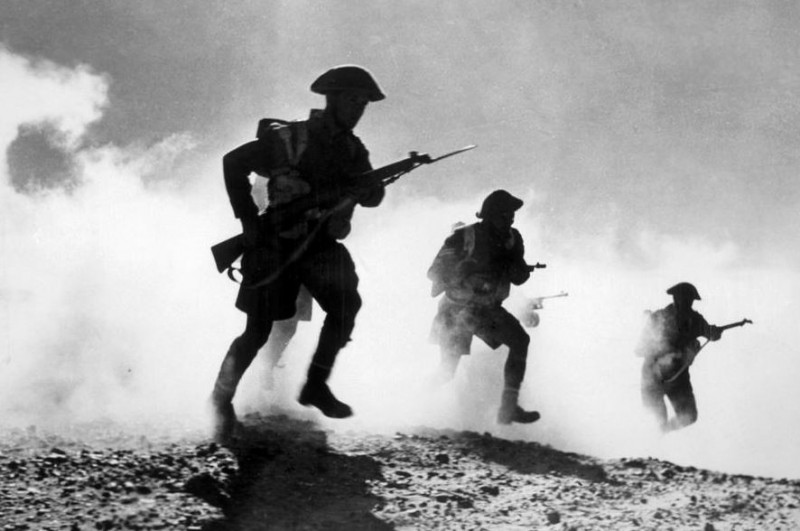
Introduction
In the tumultuous period of World War II, intelligence agencies employed numerous creative tactics to disrupt enemy morale. One such ingenious strategy utilized by the British secret service involved planting fake, explosive rat corpses. This article explores the intriguing history behind this unconventional method and its impact on the psychological warfare during the war.
Background of World War II
World War II was a global conflict that took place from 1939 to 1945, involving major nations and alliances. It was marked by significant technological advancements and strategic innovations. Both sides sought to gain an advantage by employing psychological warfare tactics to undermine enemy morale.
British Secret Service and Psychological Warfare
The British secret service played a crucial role in intelligence gathering and psychological warfare during World War II. Their primary objective was to disrupt the enemy's morale, instill fear, and create confusion among their ranks. To achieve this, they constantly devised innovative and unconventional methods.
The Birth of the Fake Explosive Rat Corpses
Among the many unconventional tactics developed by the British secret service, the idea of using fake explosive rat corpses emerged. The concept involved creating realistic-looking rat cadavers filled with explosives. These deceptive objects were intended to be placed strategically in areas frequented by enemy forces.
Implementation and Deployment
The implementation of the fake explosive rat corpses required careful planning and execution. Special units within the British secret service were responsible for producing these decoys. The cadavers were meticulously crafted to resemble real rats, ensuring they would not raise suspicion upon inspection.
The next step involved deploying these explosive rat corpses in enemy territory. Covert operatives infiltrated enemy lines under the cover of darkness and placed the decoys in key locations. The goal was to create an element of surprise and uncertainty among the enemy forces.
Psychological Impact on the Enemy
The psychological impact of the fake explosive rat corpses was profound. When discovered by enemy soldiers, the sight of these realistic-looking rat corpses triggered fear and suspicion. The soldiers would question the integrity of their surroundings, suspecting that the corpses might contain hidden explosives.
The fear of encountering these booby-trapped rats disrupted the enemy's psychological well-being. It hindered their ability to operate with confidence, constantly keeping them on edge. The uncertainty bred a sense of paranoia and eroded their trust within their own ranks.
Legacy and Significance
The use of fake explosive rat corpses by the British secret service left a lasting legacy in the annals of psychological warfare. It demonstrated the effectiveness of unconventional tactics in undermining enemy morale. This innovative approach showcased the power of psychological warfare as a viable strategy during wartime.
The legacy of this unique tactic continues to inspire modern-day intelligence agencies, emphasizing the importance of creativity and outside-the-box thinking in unconventional warfare scenarios.
Conclusion
The utilization of fake explosive rat corpses by the British secret service during World War II was a testament to their ingenuity in psychological warfare. These decoys successfully disrupted enemy morale and instilled fear and paranoia among the ranks. The legacy of this tactic highlights the significant role played by unconventional methods in shaping the outcomes of warfare.
U.P.'s 'Rahat Chaupal': Empowering Communities for Disaster Resilience
Landmark Move: U.S. Senate Committee Backs India, Recognizes Arunachal Pradesh as Integral Part!
India's Next Moon Mission, Chandrayaan-3, Setting for Launch